New life in Co Huong resettlement area, Ngam village, Tam Thanh commune.
In early August, we were present at the Co Huong resettlement area, Ngam village, Tam Thanh commune. Witnessing the changes in the resettlement area, each of us was happy and excited. Visiting the family of Lo Van Hiep, one of 36 households in the Co Huong resettlement area, we heard him talk about the changes in his family when he moved to the new place. Mr. Lo Van Hiep said: "Previously, my family lived in an area at high risk of flash floods and landslides. Every time the rainy season came, my family lived in a state of anxiety and worry. With the attention of the State and the province, in June 2022, my family was relocated to the Co Huong resettlement area, Ngam village, Tam Thanh commune and received financial support to build a house. After having a safe place to live, my family boldly invested capital to take care of the bamboo and rattan forests, and develop livestock farming. In addition, we took advantage of our free time to cut bamboo for households in the village to increase our family income. Currently, our family's life is increasingly stable, and we have the conditions to take care of our children's education."
Mr. Ha Van Toan, Chairman of Tam Thanh Commune People's Committee, said: With the attention of the State, 36 households of Ngam village living in an area at high risk of flash floods and landslides were relocated to Co Huong resettlement area. After more than 3 years of moving to the new place, people's lives have changed a lot. Currently, households live in solid, spacious and sturdy stilt houses; roads are concreted. People's material and spiritual lives have gradually improved. 100% of households have access to national grid electricity, clean water, have auxiliary works to ensure environmental hygiene and are able to watch television. People in the village have actively transformed the structure of crops and livestock, applied science and technology to production, and improved crop and livestock productivity. To continue improving the lives of people in Co Huong resettlement area, Tam Thanh commune continues to propagate and mobilize households to participate in training programs, vocational training, farming, and animal husbandry; create all conditions for bank loans to invest in economic development. Fully and promptly implement the State's policies to households. In the long term, Tam Thanh commune mobilizes people to exploit potentials and advantages to develop community tourism, create jobs, and increase people's income.
Implementing the direction of the Provincial Party Committee, People's Council, and Provincial People's Committee, the Department of Agriculture and Rural Development (now the Department of Agriculture and Environment) has urgently coordinated with mountainous communes to conduct a review and overall assessment of areas at risk of flash floods, landslides, and landslides in these areas and classify them according to the levels of natural disaster impact to develop a project to stabilize residents in areas at high risk of flash floods, landslides, and landslides in mountainous areas. Accordingly, the goal by 2025 is to stabilize 2,255 households, including 599 interspersed resettlement households, 300 adjacent resettlement households, and 1,326 concentrated resettlement households. The focus of the project is to allocate sufficient resources and land funds to implement resettlement, aiming to stabilize and improve people's lives, minimize damage caused by natural disasters, promote the effectiveness of infrastructure investment, create jobs, increase income, contribute to sustainable poverty reduction, protect the environment, build new rural areas and strengthen national defense and security.
As a result, by the end of July 2025, the province had 28 residential resettlement projects under the project that had been approved by competent authorities for investment policies and supported with funding for implementation to resettle 1,029 households. Currently, 409 households have built houses in their new residences; of which, 151 households have implemented concentrated resettlement; 26 households have implemented adjacent resettlement and 232 households have implemented mixed resettlement.
In general, the infrastructure in resettlement areas is being gradually completed, helping people feel secure in production and stabilize their lives in their new homes. Households have proactively allocated family resources to renovate their houses and soon stabilize their lives. Many localities have also integrated projects and national target programs to support people in the project area, thereby contributing to the goal of hunger eradication, poverty reduction, new rural construction, economic development and strengthening national defense and security in the localities.
Studying the actual implementation of the program of resettlement of residents, there are still some difficulties and problems that need to be focused on to ensure the progress and content of the program of resettlement of residents in mountainous communes of Thanh Hoa province. Specifically: The majority of households in the disaster-affected areas are poor and near-poor households, so finding land for relocation is still difficult. Some projects have encountered some difficulties due to the terrain of mountainous districts being strongly divided, steep slopes, limited land funds, and high construction costs; in addition, investing in resettlement areas requires a lot of time and many procedures, so many resettlement areas have not completed the infrastructure for people to move to new places. Mobilizing resources to participate in the program of resettlement and resettlement has been implemented by some localities, but the efficiency is not high, mainly relying on support from the State.
Mr. Le Ba Luong, Head of the Rural Development Department (Department of Agriculture and Environment), said: In order to stabilize and develop production and livelihoods for people in resettlement projects, the Rural Development Department has been proposing a number of key solutions to support livelihoods, production, and stabilize the lives of people in resettlement projects, such as: Focusing on building and replicating projects and models to support production development. Integrating and prioritizing support resources from national target programs, programs, and projects in the area to build and replicate models and projects to develop production for households in resettlement areas. Supporting the development of rural industries. Developing one product per commune (OCOP). Strengthening vocational training, transferring science and technology to support production development. Supporting the development of collective economy, cooperatives, and cooperative groups. With the view that the core of the collective economy is the cooperative, which is one of the four important economic sectors in the economy. Therefore, supporting the development of the collective economy, cooperatives, and cooperative groups in resettlement areas of households affected by natural disasters will have many positive impacts, creating jobs, increasing income for workers, contributing to socio-economic development.
Article and photos: Xuan Anh
Source: https://baothanhhoa.vn/on-dinh-san-xuat-va-doi-song-nguoi-dan-cac-du-an-nbsp-tai-dinh-cu-vung-nguy-co-lu-ong-lu-quet-sat-lo-dat-258970.htm



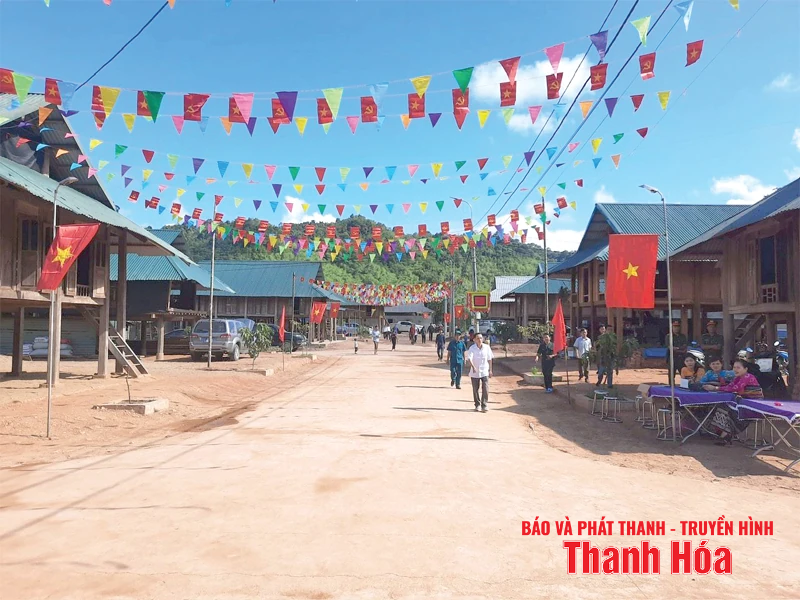


![[Photo] General Secretary To Lam attends the 80th anniversary of Vietnam's diplomacy](https://vphoto.vietnam.vn/thumb/1200x675/vietnam/resource/IMAGE/2025/8/25/3dc715efdbf74937b6fe8072bac5cb30)

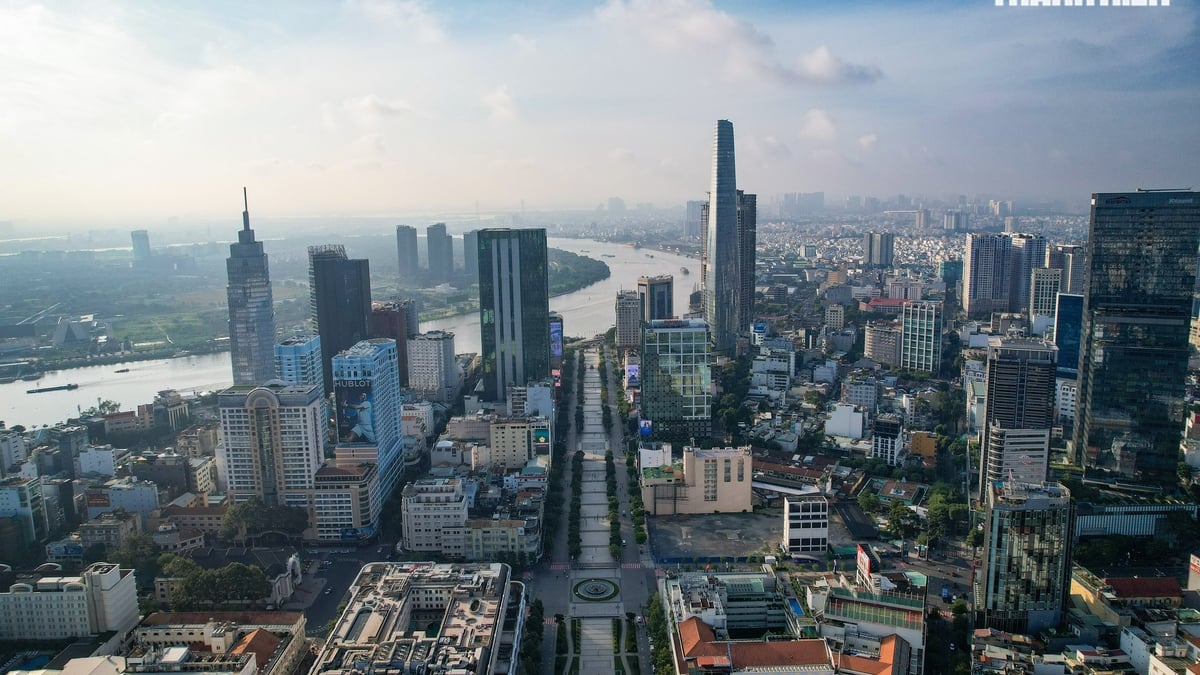


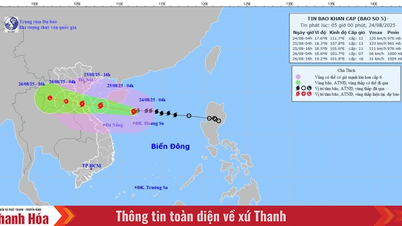
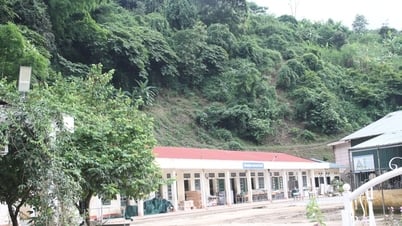

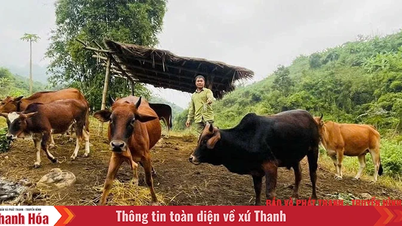
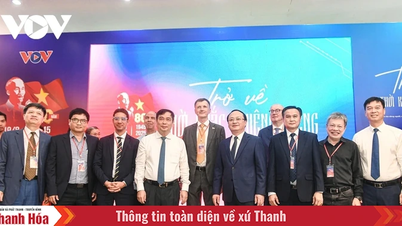
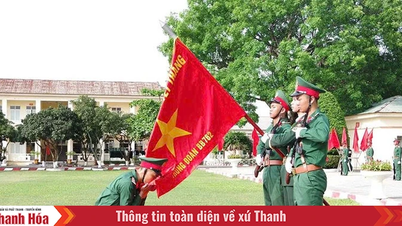
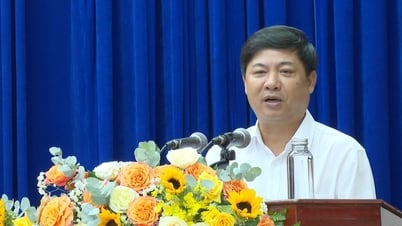

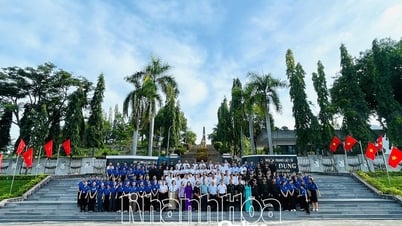





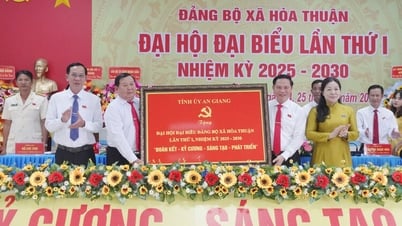

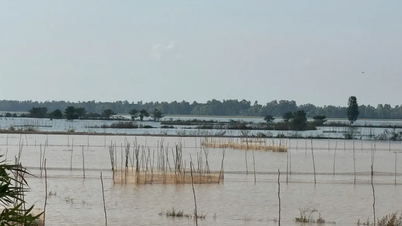






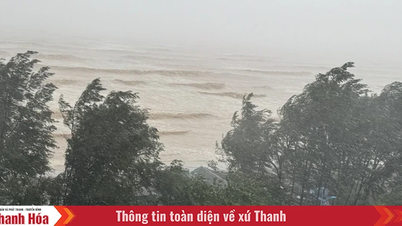

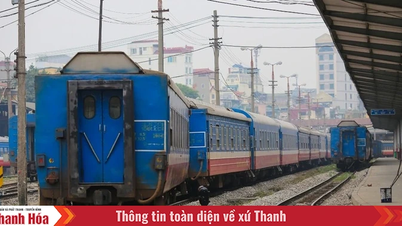
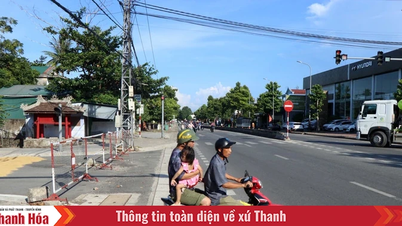
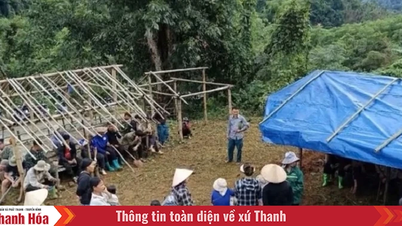



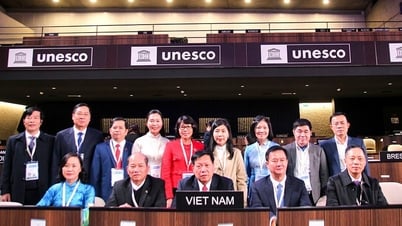

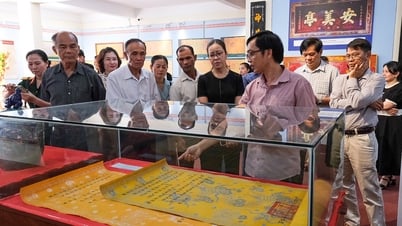



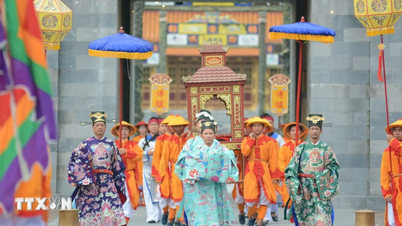






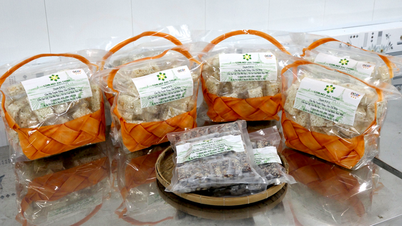





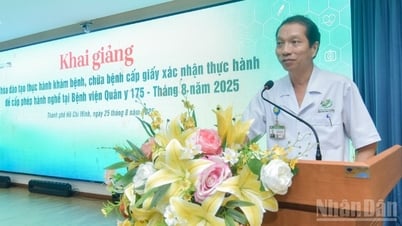

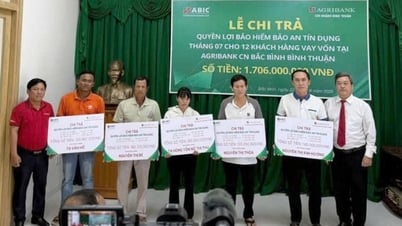






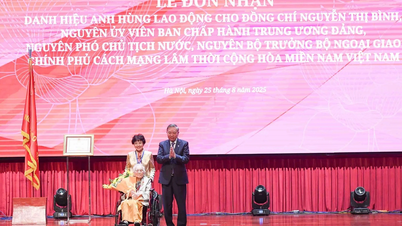


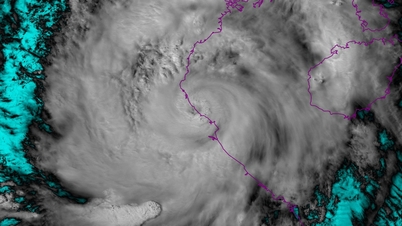



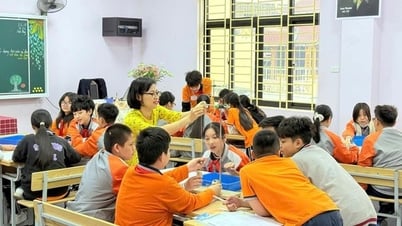





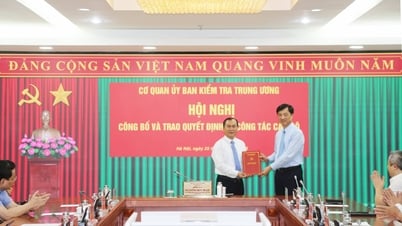


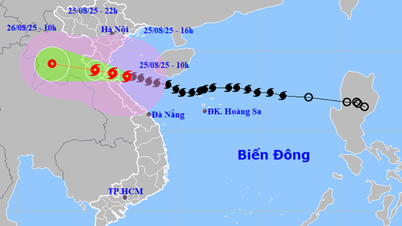
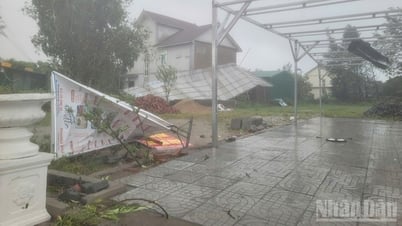
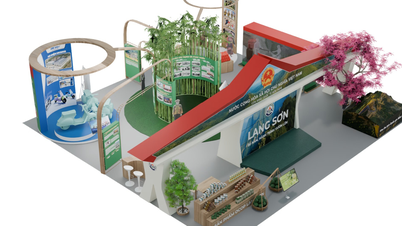
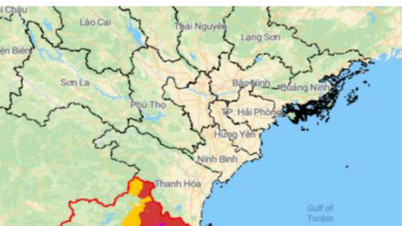

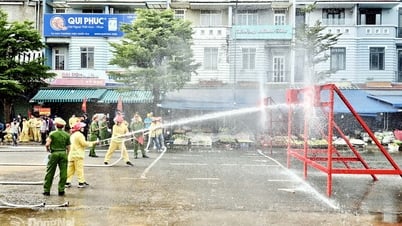

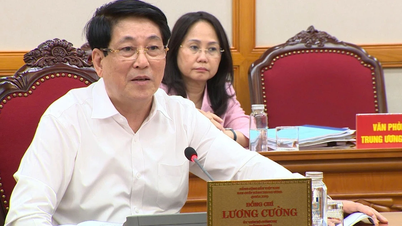
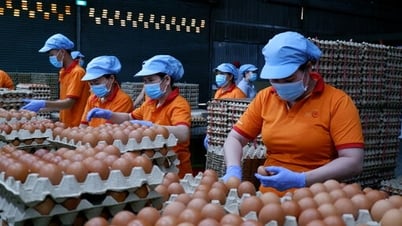

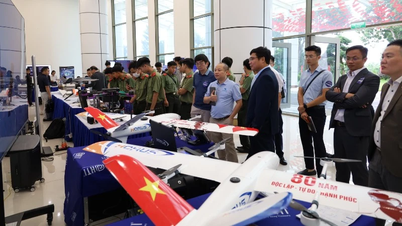

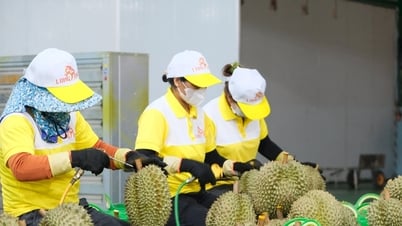

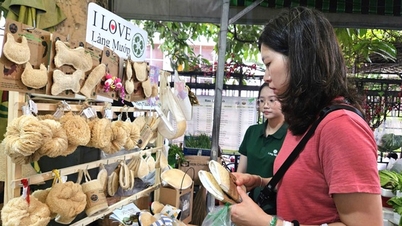




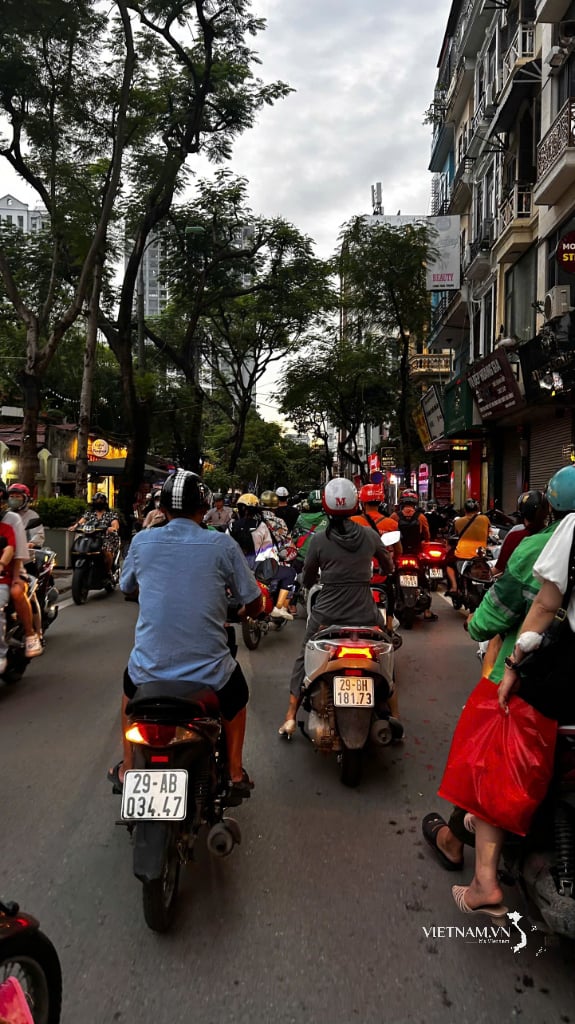
Comment (0)